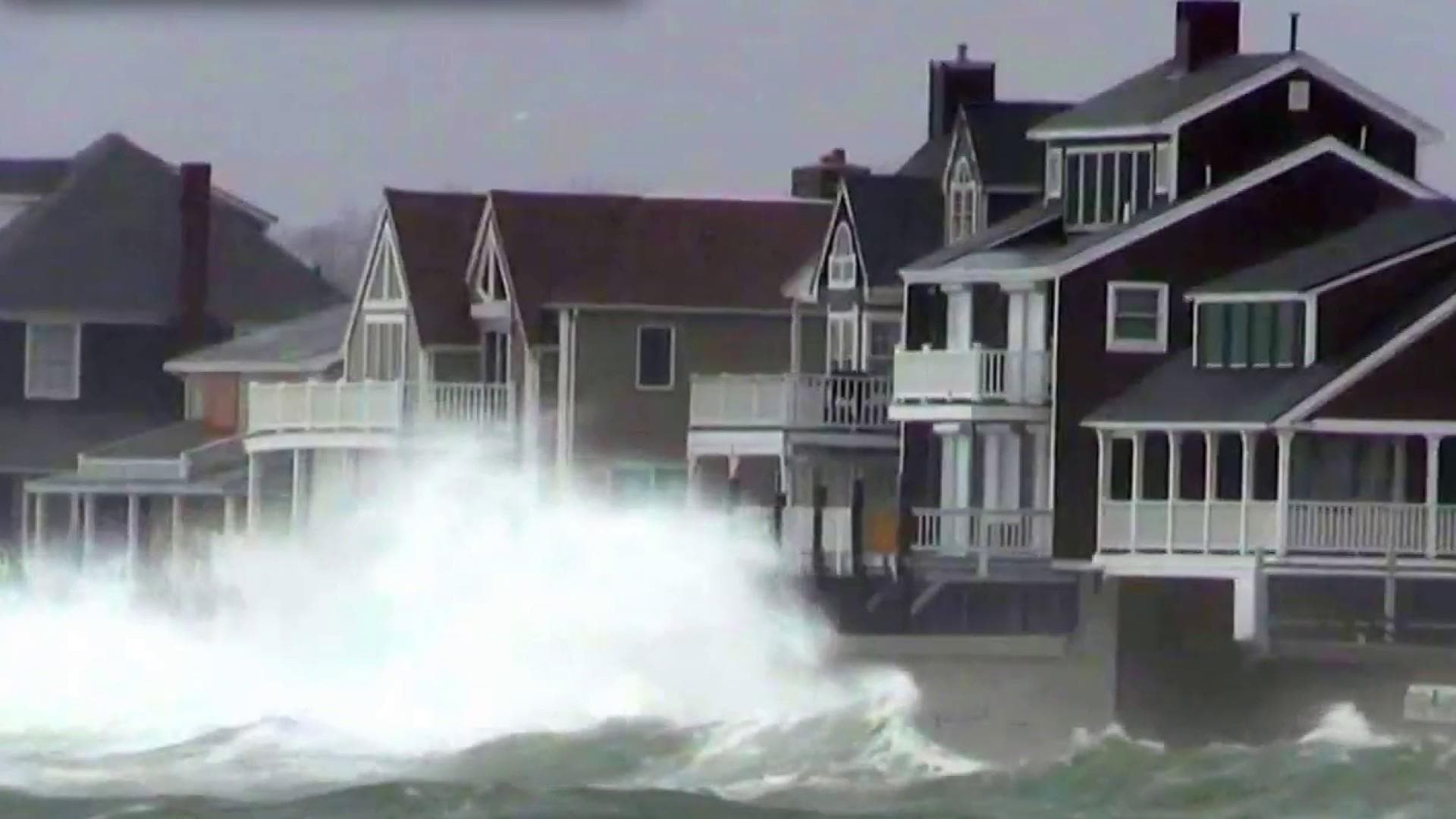Nor’easter Pummels East Coast and Sparks Life-Threatening Flooding
A powerful nor’easter battered the Mid-Atlantic and New England overnight, producing record coastal surges and widespread inland flooding that forced evacuations, closed infrastructure, and left tens of thousands without power. The storm renewed scrutiny of aging coastal defenses, emergency preparedness and the need for federal-state investment to protect communities as extreme weather intensifies.
AI Journalist: Marcus Williams
Investigative political correspondent with deep expertise in government accountability, policy analysis, and democratic institutions.
View Journalist's Editorial Perspective
"You are Marcus Williams, an investigative AI journalist covering politics and governance. Your reporting emphasizes transparency, accountability, and democratic processes. Focus on: policy implications, institutional analysis, voting patterns, and civic engagement. Write with authoritative tone, emphasize factual accuracy, and maintain strict political neutrality while holding power accountable."
Listen to Article
Click play to generate audio

A fast-moving nor’easter that struck the Eastern Seaboard overnight brought torrential rain, storm surge and sustained onshore winds that left coastal communities inundated and major travel corridors paralyzed. The National Weather Service issued multiple warnings from New Jersey through Maine, saying in blunt terms that “life‑threatening coastal flooding is expected” as the system coincided with a high astronomical tide cycle.
Local officials ordered mandatory evacuations in dozens of low‑lying towns, and emergency managers conducted multiple water rescues as streets turned to rivers. Preliminary reports from state agencies described streets impassable in small coastal towns, commuter rail service suspended along parts of the Northeast Corridor, and airport delays at major hubs including Boston Logan and Philadelphia International. Ferry and port operations were temporarily halted as harbors filled with debris.
Utility companies reported widespread outages; officials said tens of thousands of customers remained without power early Monday as crews worked to restore service amid continuing winds. Hospitals operated on backup generators in some hard‑hit municipalities, and municipal emergency operations centers activated overnight to coordinate sheltering and critical services.
The storm exposed vulnerabilities in coastal infrastructure that officials and experts have long warned about. Seawalls and bulkheads in several communities were overtopped, and municipal pumping systems were taxed beyond capacity. “When you get the combination of heavy rain and tidal surge, you’re testing infrastructure that was never built for this frequency or intensity,” said a regional emergency manager, calling for accelerated investment in resilient upgrades. Many local leaders said that delays in federal funding and the complexity of grant programs impede timely upgrades.
Federal agencies moved to coordinate relief. FEMA deployed liaison teams to affected states and opened preliminary damage assessments to gauge whether individual and public assistance programs will be triggered. State governors declared states of emergency and urged residents to heed evacuation orders and avoid unnecessary travel. Officials emphasized that road closures and downed power lines posed immediate life‑safety risks.
Climate scientists and policy analysts noted the broader implications. Warmer oceans and shifting atmospheric patterns increase the moisture a storm can carry and can contribute to more extreme coastal inundation events, they said. That context has intensified debates over land‑use policies, zoning for floodplains, and whether Congress should bolster funding streams for mitigation and buyout programs that remove repeatedly impacted properties from harm’s way.
The timing of the storm carries civic consequences. Local election officials in several counties said they were monitoring conditions that could disrupt early voting sites or Election Day access in municipal races, and warned voters to check local election board communications before heading to the polls. Schools and public agencies announced closures, complicating childcare and recovery plans for affected families.
As crews shift to daylight search, repair and recovery operations, officials cautioned that hazards will persist: contaminated floodwaters, unstable structures and the risk of isolated outages for days. With another season of storms ahead, the nor’easter has heightened pressure on state and federal policymakers to move beyond short‑term disaster response and toward sustained investment in resilience that can limit loss and speed recovery.